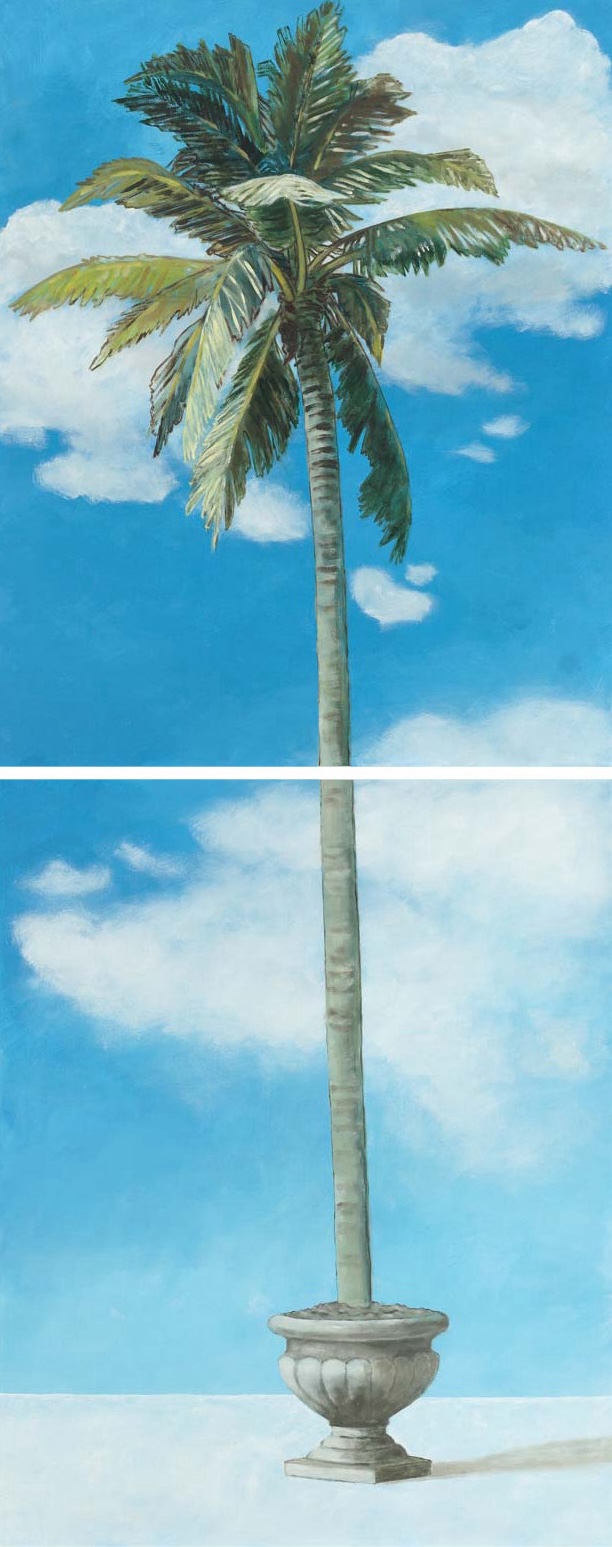Tauhi Vā, A Tongan Artistic Tradition Continues in Academic Research:
A Book Review of Tēvita O. Ka‘ili’s Marking Indigeneity: The Tongan Art of Sociospatial Relations (2017)
DOI:
https://doi.org/10.18432/ari29778Keywords:
moana concepts, Oceanian/Pasifika scholar/scholarship, Pasifika research, tā-vā theory, Tongan academicAbstract
I have purposefully used a narrative approach in my review of Ka‘ili’s (2017) Marking Indigeneity: The Tongan Art of Sociospatial Relations to support my meaning making as a Tongan academic and Pasifika researcher. I considered elements of the text that worked well for me as an early career researcher and that are accessible to Tongan and non-Tongan academics alike. The Oceanian artistic traditions of time (tā) and space (vā) promoted in this book offer a continuation of ancient oral traditions into the contemporary realm of academic literature. In essence, Ka‘ili’s book brings significant understandings of the tā-vā theory into interdisciplinary research spaces and across the global landscape of Pasifika research and academic practice. This is evidenced in the more than 60 Pasifika authors’ citations of Ka‘ili’s book, to date. My recommendation of this book draws upon these facets: the accessibility of the text, the elements of the text, and the global reach of the text.
Downloads
Published
How to Cite
Issue
Section
License
Copyright (c) 2024 Ruth Faleolo

This work is licensed under a Creative Commons Attribution-NonCommercial-NoDerivatives 4.0 International License.
Authors who publish with Art/Research International agree to the following terms:
a. Authors retain copyright and grant the journal right of first publication and the right to sublicense the Contribution, in the form in which it is published by the journal, to others under the terms and conditions of the of the Creative Commons Attribution-NonCommercial-NoDerivs (CC BY-NC-ND) that allows others to download the work and share the work with others with an acknowledgement of the work's authorship and initial publication in this journal, but they cannot change the work in any way or use any part of the work commercially.
b. Authors are able to enter into separate, additional contractual arrangements for the non-exclusive public distribution and display of the journal's published version of the work (e.g., post it to an institutional repository or publish it in a book), with an acknowledgement of its initial publication in this journal.
c. Authors are permitted and encouraged to post their work online (e.g., in institutional repositories or on their website) prior to and during the submission process, as it can lead to productive exchanges, as well as earlier and greater citation of published work (See The Effect of Open Access).
d. Authors wishing to include items (such as images or other media, or any creative works of others whether previously published or not) must contact the original copyright holder to obtain explicit permission to publish these items in Art/Research International. Writing permission should include: the title(s) of any copyrighted work, original place of publication if applicable, and an acknowledgement of having read Art/Research International's copyright notice. Authors are responsible for obtaining this permission and keeping it in their own records for later verification.



